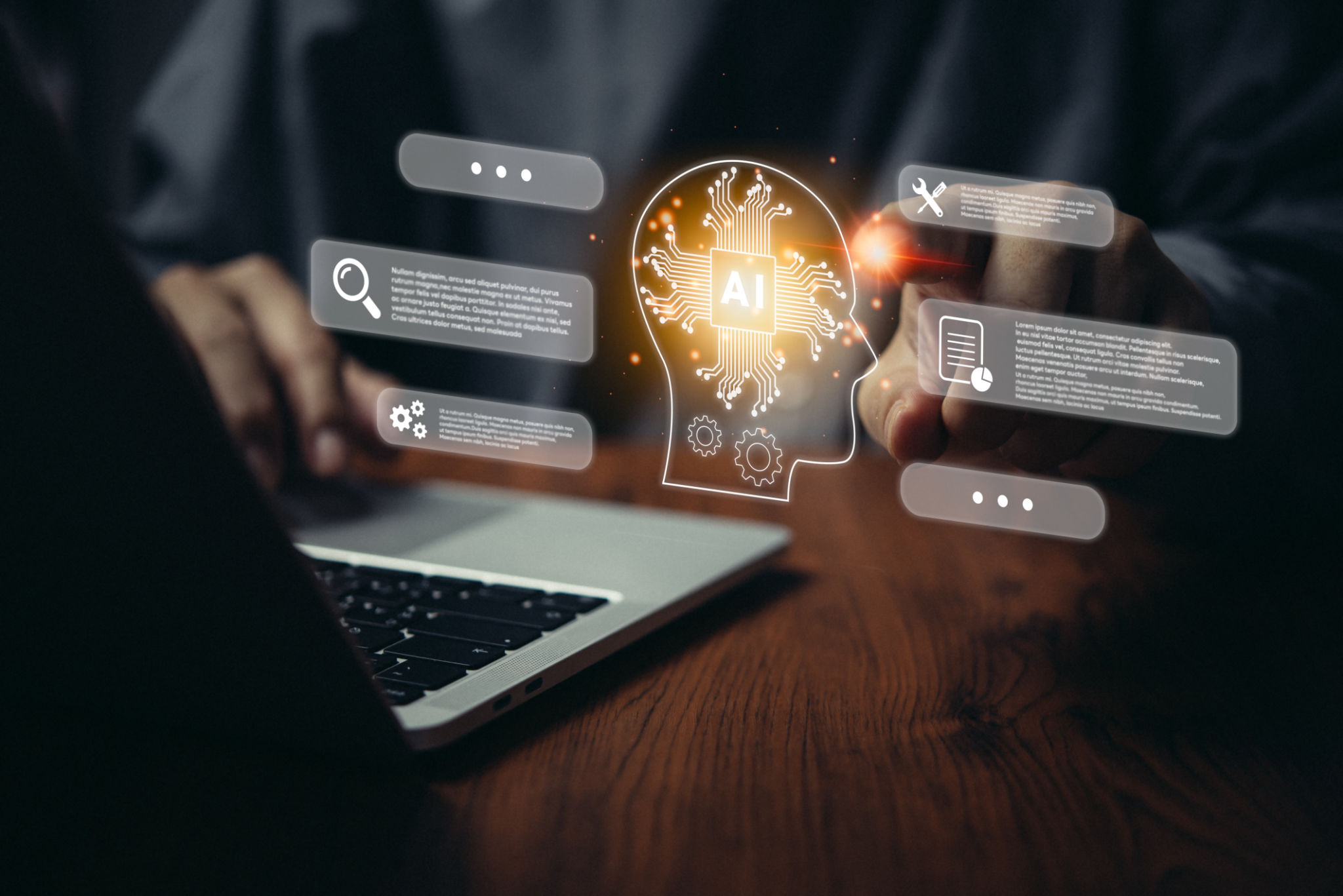Exploring the Latest Innovations in Natural Language Processing
Understanding the Basics of Natural Language Processing
Natural Language Processing (NLP) is a fascinating field at the intersection of computer science, artificial intelligence, and linguistics. It focuses on the interaction between computers and humans through natural language. The goal is to enable machines to understand, interpret, and respond to human language in a valuable way. With advances in technology, NLP has become a critical component of many applications we use daily, from virtual assistants to automated customer service.
One of the key innovations in NLP is the development of algorithms that can process and analyze vast amounts of data. This has led to significant improvements in machine translation, sentiment analysis, and speech recognition. These advancements are reshaping how we interact with technology, making it more intuitive and accessible.

Advancements in Machine Learning and Deep Learning
Machine learning and deep learning are at the core of many NLP innovations. By leveraging large datasets and powerful computational resources, these technologies allow for the creation of models that can learn from text data. This learning process enables machines to generate human-like responses, understand context, and even predict future language patterns.
Deep learning models, such as transformers, have revolutionized NLP by offering more accurate and efficient processing capabilities. These models can handle complex tasks like summarization, question answering, and language generation, pushing the boundaries of what was previously thought possible.

Transforming Communication with NLP Applications
NLP applications are transforming communication in various domains. In business, chatbots powered by NLP provide instant customer support and enhance user experience. In healthcare, NLP assists in analyzing patient records to improve diagnosis and treatment plans. The educational sector benefits from NLP through automated essay scoring and personalized learning experiences.
Moreover, social media platforms utilize NLP to monitor trends, filter harmful content, and engage users more effectively. These applications demonstrate the versatility and potential of NLP in addressing real-world challenges.

The Role of Ethics in NLP Development
As with any technological advancement, the development of NLP brings ethical considerations to the forefront. Privacy concerns arise when dealing with sensitive data, while biases inherent in training data can lead to unfair or inaccurate outcomes. It is crucial for developers and organizations to address these issues proactively.
Implementing ethical guidelines and transparency in NLP systems can help mitigate potential risks. This includes ensuring data privacy, reducing algorithmic bias, and promoting inclusivity in language representation.
The Future of Natural Language Processing
The future of NLP is filled with exciting possibilities. Researchers are exploring ways to enhance contextual understanding further and develop systems that can comprehend emotions and cultural nuances. This could pave the way for more empathetic and culturally aware AI systems.
As NLP technologies continue to evolve, they will likely become more integrated into our daily lives, facilitating seamless communication between humans and machines. By embracing these innovations responsibly, we can unlock new opportunities for growth and understanding in a connected world.
